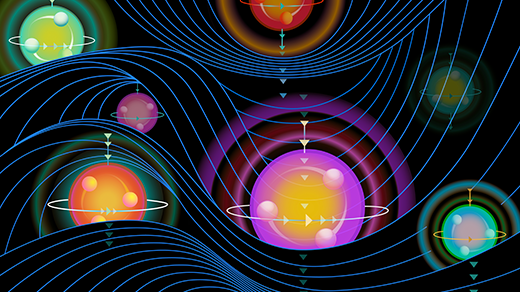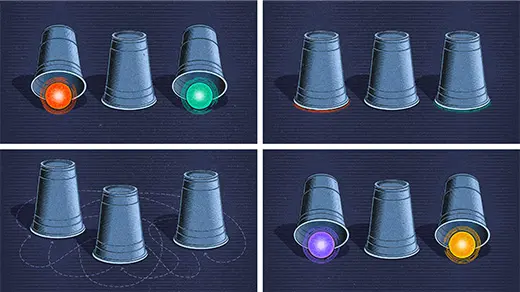What's up in
Physics
Latest Articles
The Strange Physics That Gave Birth to AI
Modern thinking machines owe their existence to insights from the physics of complex materials.
Introducing The Quanta Podcast
Exploring the distant universe, the insides of cells, the abstractions of math, the complexity of information itself and much more, The Quanta Podcast will be a tour of the frontier between the known and the unknown.
What’s Going On Inside Io, Jupiter’s Volcanic Moon?
Recent flybys of the fiery world refute a leading theory of its inner structure — and reveal how little is understood about geologically active moons.
Improving Deep Learning With a Little Help From Physics
Rose Yu has a plan for how to make AI better, faster and smarter — and it’s already yielding results.
Can Quantum Gravity Be Created in the Lab?
Quantum gravity could help physicists unite the currently incompatible worlds of quantum mechanics and gravity. In this episode, Monika Schleier-Smith discusses her pioneering experimental approach, using laser-cooled atoms to explore whether gravity could emerge from quantum entanglement.
‘Paraparticles’ Would Be a Third Kingdom of Quantum Particle
A new proposal makes the case that paraparticles — a new category of quantum particle — could be created in exotic materials.
Why Everything in the Universe Turns More Complex
A new suggestion that complexity increases over time, not just in living organisms but in the nonliving world, promises to rewrite notions of time and evolution.
The High Cost of Quantum Randomness Is Dropping
Randomness is essential to some research, but it’s always been prohibitively complicated. Now, we can use “pseudorandomness” instead.
Is Dark Energy Getting Weaker? New Evidence Strengthens the Case.
Last year, an enormous map of the cosmos hinted that the engine driving cosmic expansion might be sputtering. Now physicists are back with an even bigger map, and a stronger conclusion.








